Pruning A Nectarine Tree – Learn How To Prune Nectarine Trees
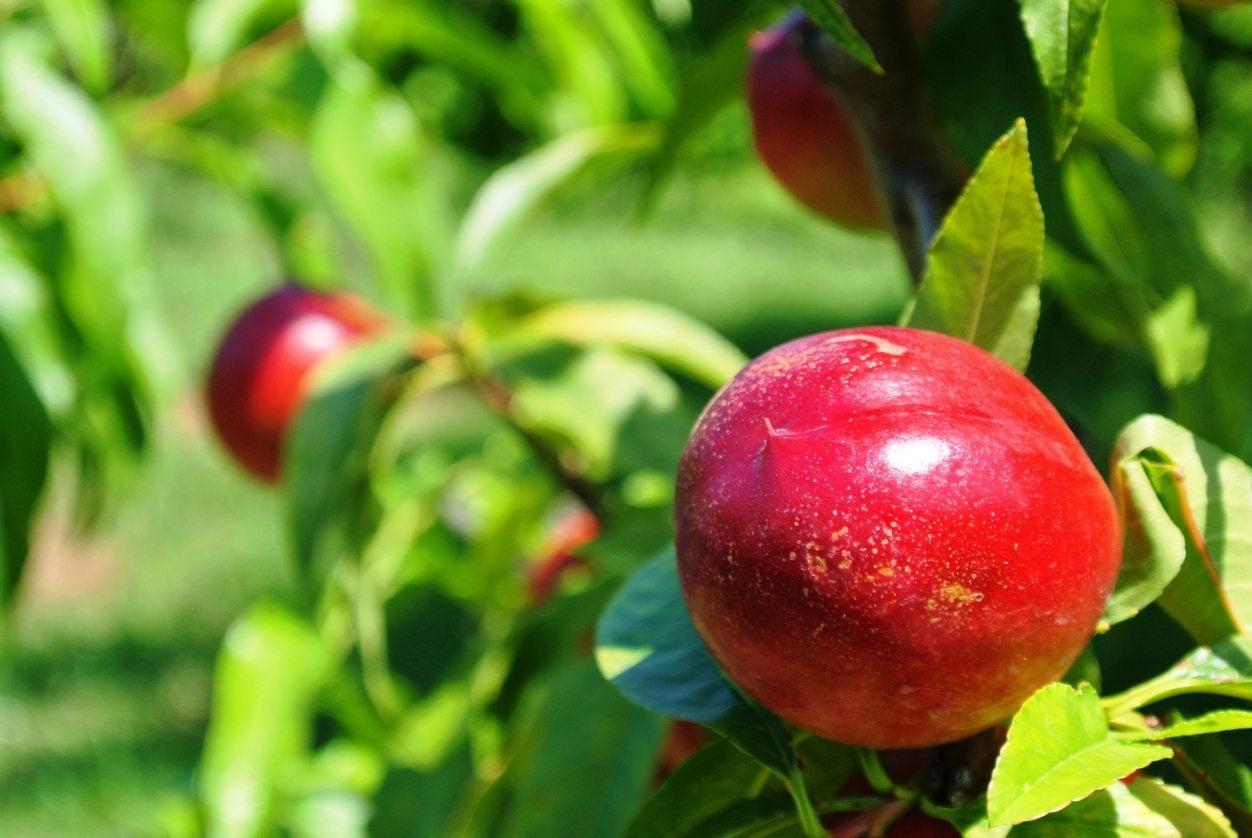
Pruning a nectarine is an important part of taking care of the tree. There are a number of reasons for cutting back a nectarine tree each with a specific purpose. Learning when and how to prune nectarine trees along with providing irrigation, pest and disease management, and proper fertilization will ensure a long life for the tree and a bountiful harvest for the grower.
When to Prune Nectarine Trees
Most fruit trees are pruned during the dormant season – or winter. Nectarines are the exception. They should be pruned in late early spring to allow for an accurate assessment of flower to bud survival prior to pruning. Pruning and training a nectarine should begin the year of planting and each year thereafter to develop a strong well-balanced framework of scaffolds. The goal when cutting back a nectarine tree is to control its size to make it easier to maintain and to pick fruit. Pruning also helps develop a strong limb structure and opens up the tree so sunlight can penetrate the canopy. It is also important to remove any excess fruitwood, encourage budding and to remove any dead, broken, or crossed branches.
How to Prune Nectarine Trees
There are several methods to pruning fruit trees. The preferred method for nectarines is the open-center system, which opens the tree up to sunlight and fosters maximum yields with the best quality fruit. The goal is to create a tree with a strong trunk and well positioned side branches along with maintaining a balance between vegetative growth and fruit production. Once you have planted the tree, prune it back to around 26 to 30 inches (65-75 cm.) in height. Cut off all the side branches to leave a shoot without any lateral branches that is 26 to 30 inches (65-75 cm.) tall. This is called pruning to a whip, and yes, it looks drastic, but it creates the best shaped open center tree. In the first year, remove any diseased, broken, or low hanging limbs as well as any upright shoots that develop on the main scaffold. In the second and third years, again remove any diseased, broken, or low hanging branches as well as any upright shoots developing on the inside of the tree. Leave smaller shoots for fruit production. Prune the vigorous upright branches on the scaffolds by cutting them back to an outward growing shoot. Continue annually along these lines, cutting back low hanging, broken, and dead limbs first, followed by the upright shoots along the scaffolds. Finish by lowering the height of the tree by pruning the scaffolds to an outward growing shoot at the height desired.
Gardening tips, videos, info and more delivered right to your inbox!
Sign up for the Gardening Know How newsletter today and receive a free copy of our e-book "How to Grow Delicious Tomatoes".

Amy Grant has been gardening for 30 years and writing for 15. A professional chef and caterer, Amy's area of expertise is culinary gardening.
-
 Looking For Plants To Give You The Soft And Fuzzies? Try These 5 Fuzzy Leaf Plant Options
Looking For Plants To Give You The Soft And Fuzzies? Try These 5 Fuzzy Leaf Plant OptionsLovers of texture, drama, silver foliage and tactile plants will adore these special sensory garden additions. These fuzzy leaf plant options will leave you all aglow
By Susan Albert
-
 Get Ready For A Summer Of Hummers! Grow These Full Sun Hummingbird Plants and Flowers
Get Ready For A Summer Of Hummers! Grow These Full Sun Hummingbird Plants and FlowersIf you’re lucky enough to enjoy a sunny backyard, make sure you are maxing out on your pollinator opportunities and grow these full sun hummingbird plants and flowers
By Tonya Barnett
-
Panamint Nectarine Fruit: Caring For Panamint Nectarine Trees
Panamint nectarine trees are very adaptable for home gardens and produce fruit with an excellent flavor. For more information about Panamint nectarine fruit, plus tips on caring for Panamint nectarines, the following article will help.
By Teo Spengler
-
Southern Belle Nectarines: Learn About Southern Belle Tree Care
If you love peaches but don’t have a landscape that can sustain a larger tree, try growing a Southern Belle nectarine. With its fairly diminutive height, the nectarine ‘Southern Belle’ can be container grown easily. Learn more about this fruit tree in the following article.
By Amy Grant
-
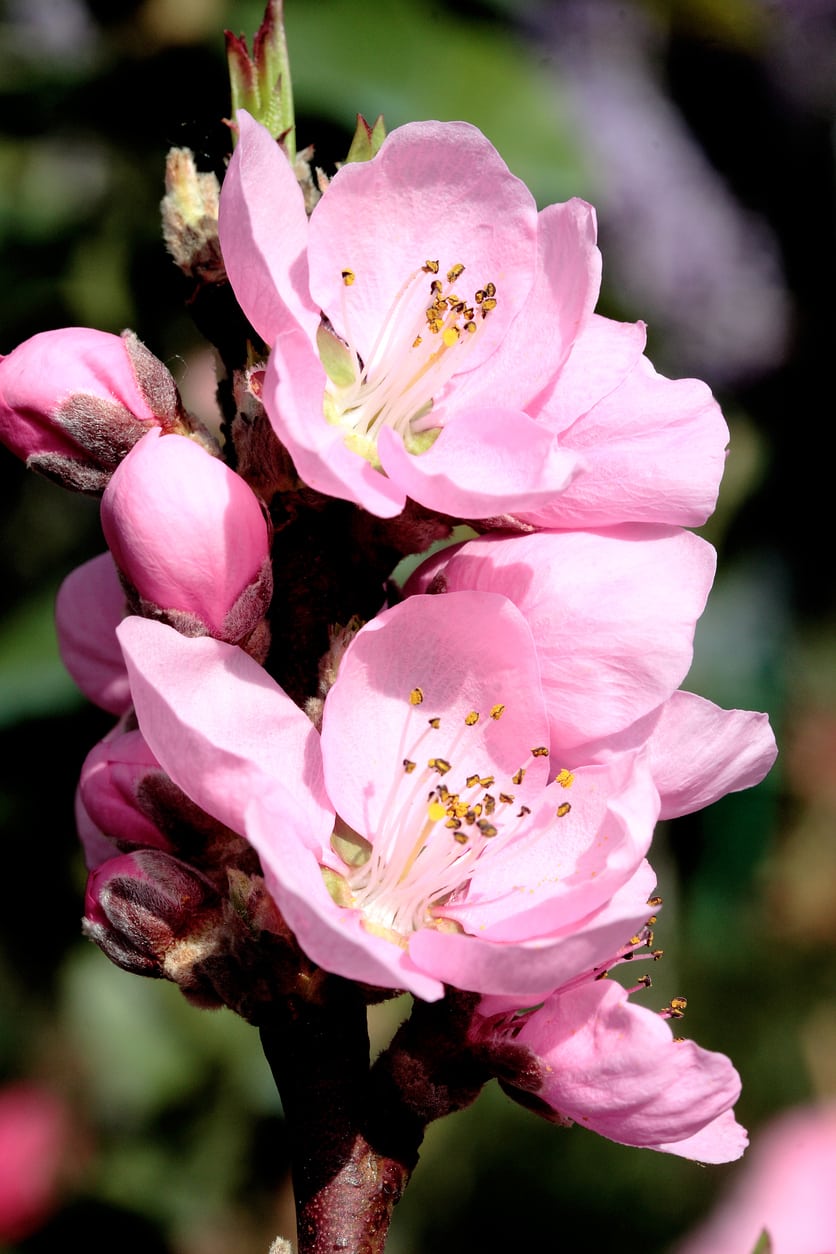 Nectar Babe Nectarine Info – Growing A Nectarine ‘Nectar Babe’ Cultivar
Nectar Babe Nectarine Info – Growing A Nectarine ‘Nectar Babe’ CultivarAccording to Nectar Babe nectarine information, these are natural dwarf trees, but grow full-size, luscious fruit. You can start growing Nectar Babe nectarines in containers or in the garden. Click here for info on these unique trees plus tips on planting.
By Teo Spengler
-
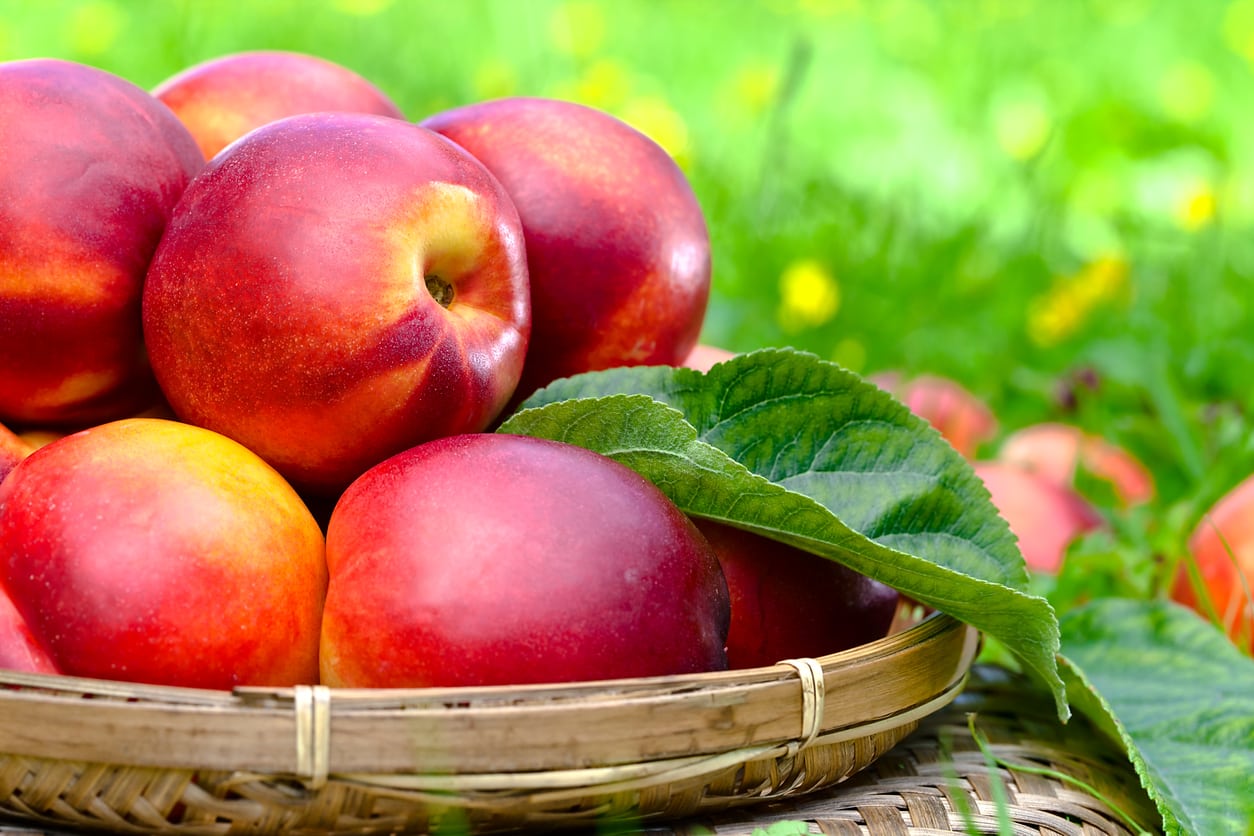 Harko Nectarine Care: How To Grow A Harko Nectarine Tree
Harko Nectarine Care: How To Grow A Harko Nectarine TreeThe Harko nectarine is a Canadian variety high on taste and cold tolerant. If you want to grow this nectarine tree, it’s important to have some facts at your fingertips. Click here for information about growing Harko nectarines and tips about Harko nectarine care.
By Teo Spengler
-
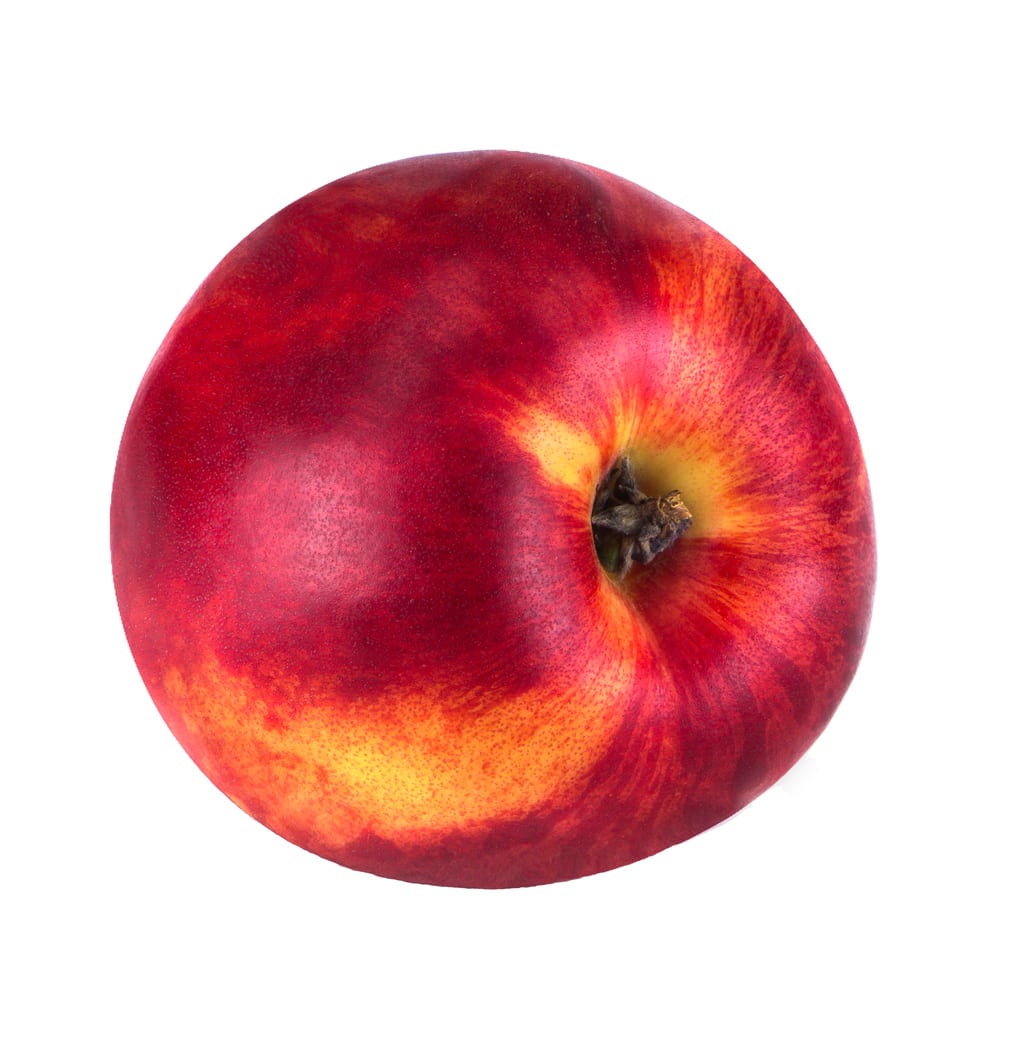 Arctic Rose Nectarine Care: What Is An Arctic Rose Nectarine
Arctic Rose Nectarine Care: What Is An Arctic Rose NectarineIf you are considering growing peaches or nectarines in a backyard orchard, Arctic Rose white nectarine is a great place to start. Click on the following article for information about this interesting cultivar, plus tips on Arctic Rose nectarine care.
By Teo Spengler
-
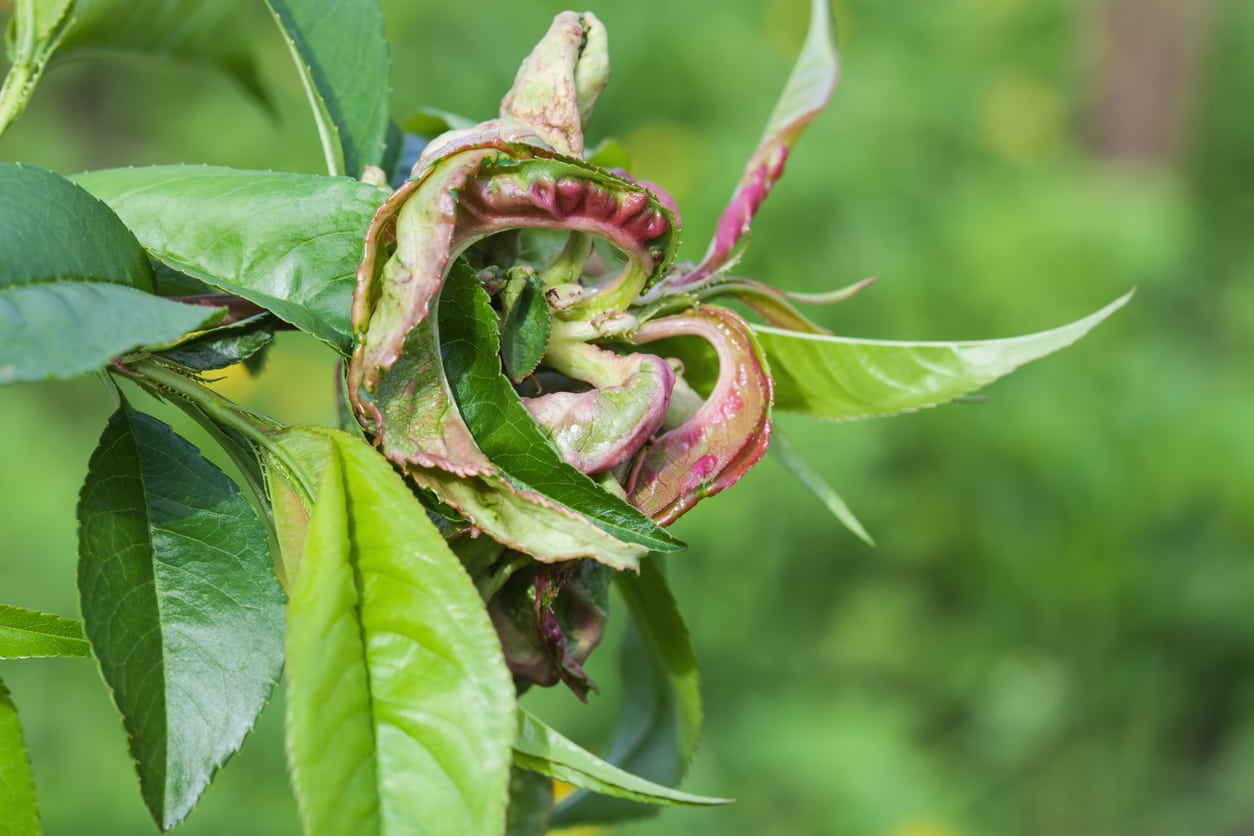 Diseases Of Nectarines: How To Spot Common Nectarine Diseases
Diseases Of Nectarines: How To Spot Common Nectarine DiseasesNectarine disease symptoms may not be readily apparent, and you may have to do some serious observation to locate issues. Others are visually evident and not hard to identify. If your nectarine tree is looking or performing differently than in years past, this article can help.
By Becca Badgett
-
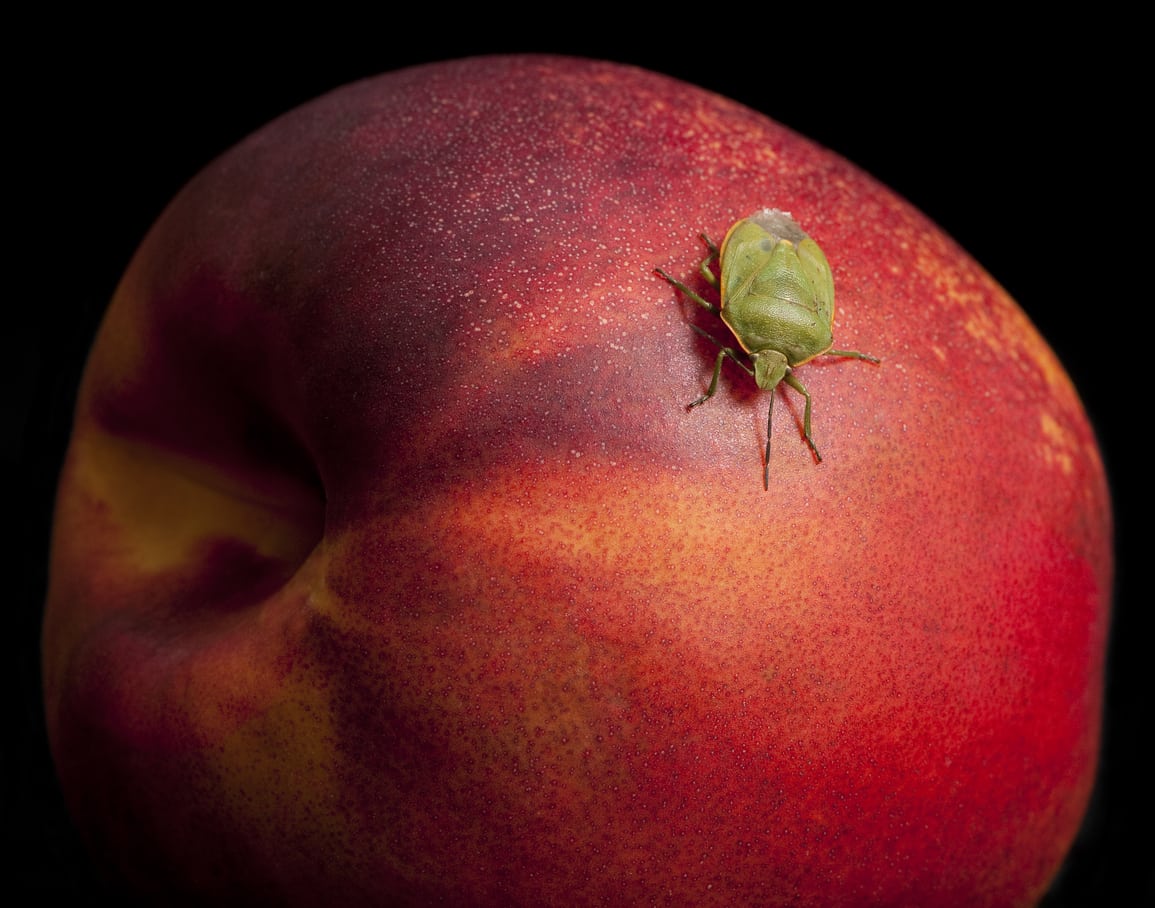 Bugs That Eat Nectarines – Tips For Controlling Nectarine Pests In Gardens
Bugs That Eat Nectarines – Tips For Controlling Nectarine Pests In GardensNectarines and peaches are often used interchangeably in cooking. Not surprisingly, both often face the same pests in the garden. Controlling nectarine pests in the home orchard will help to maintain plant vigor and prevent future pest problems. Learn more here.
By Tonya Barnett
-
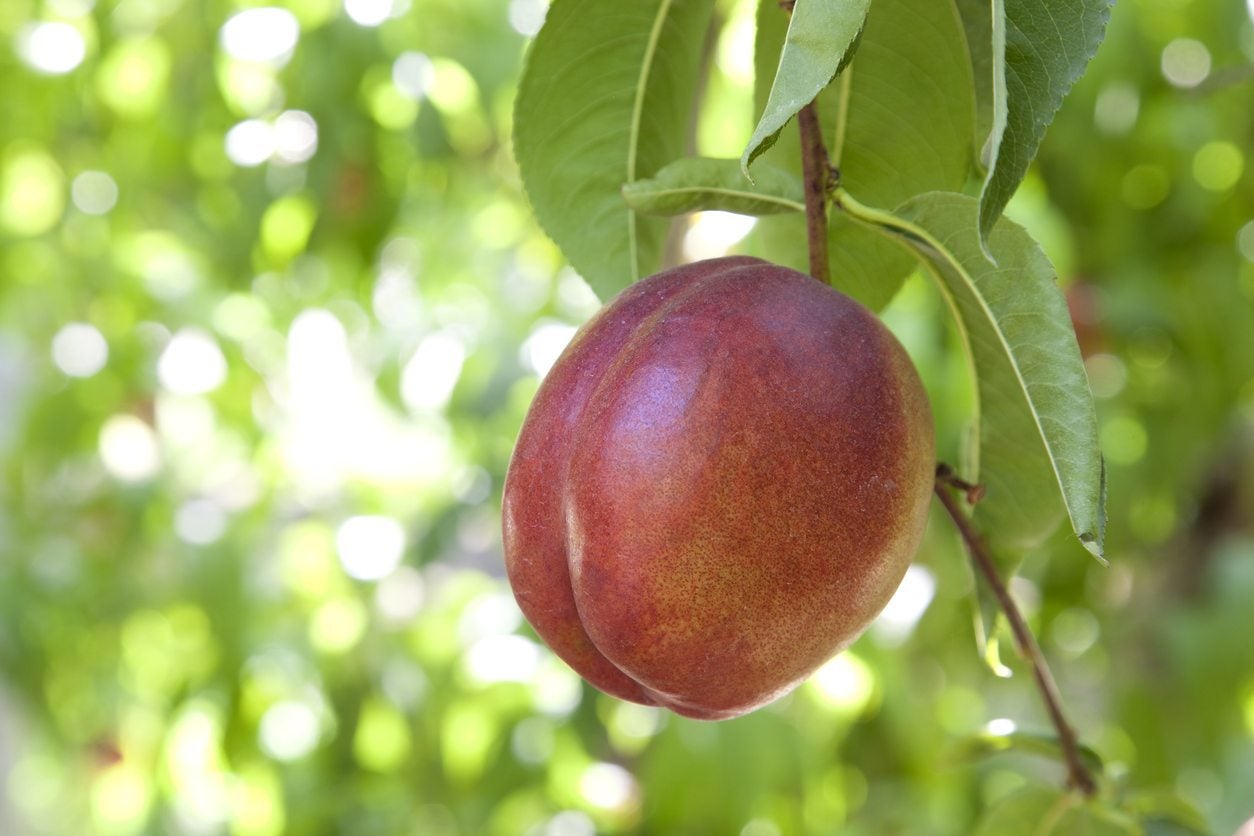 Nectarine Tree Not Fruiting – How To Get Fruit On Nectarine Trees
Nectarine Tree Not Fruiting – How To Get Fruit On Nectarine TreesGetting no fruit on the nectarine trees? If there are no obvious diseases or insect pests, why is the nectarine tree not fruiting? There are quite a few reasons for a fruitless nectarine tree. Find out how to get fruit on nectarine trees in this article.
By Amy Grant